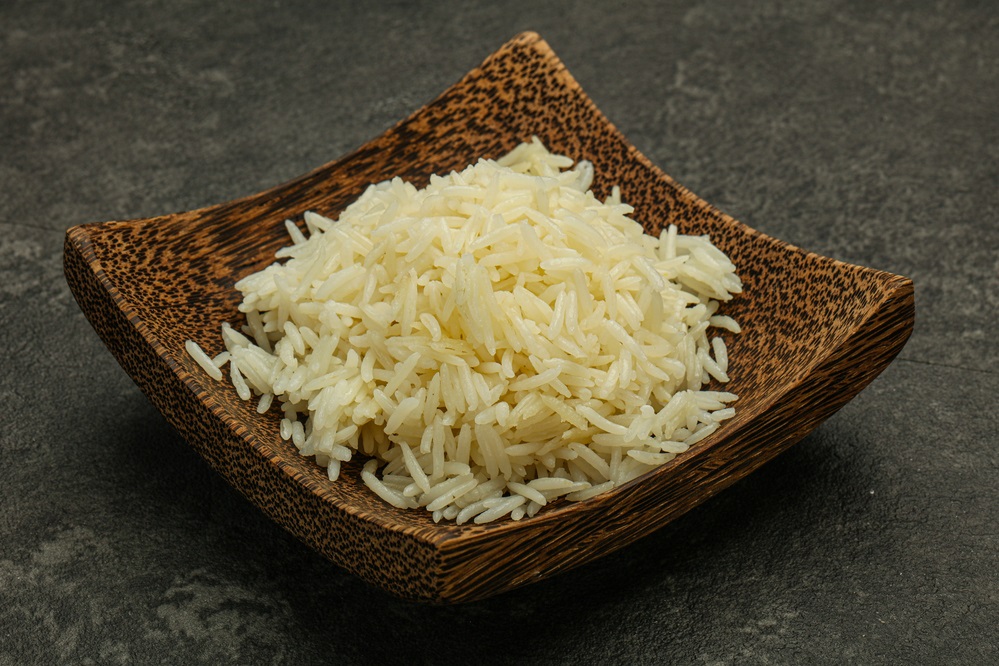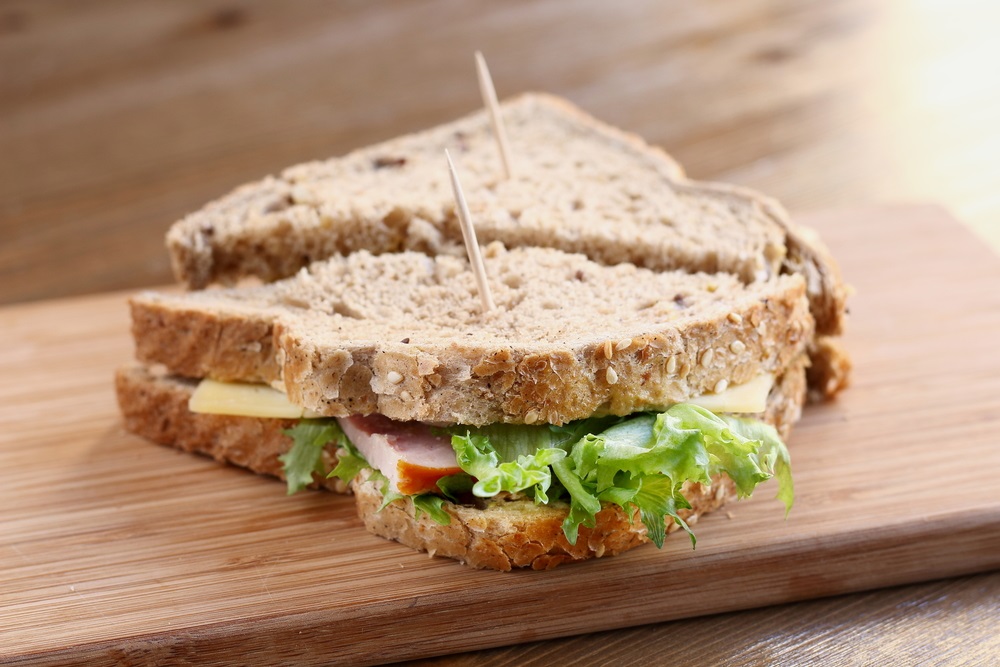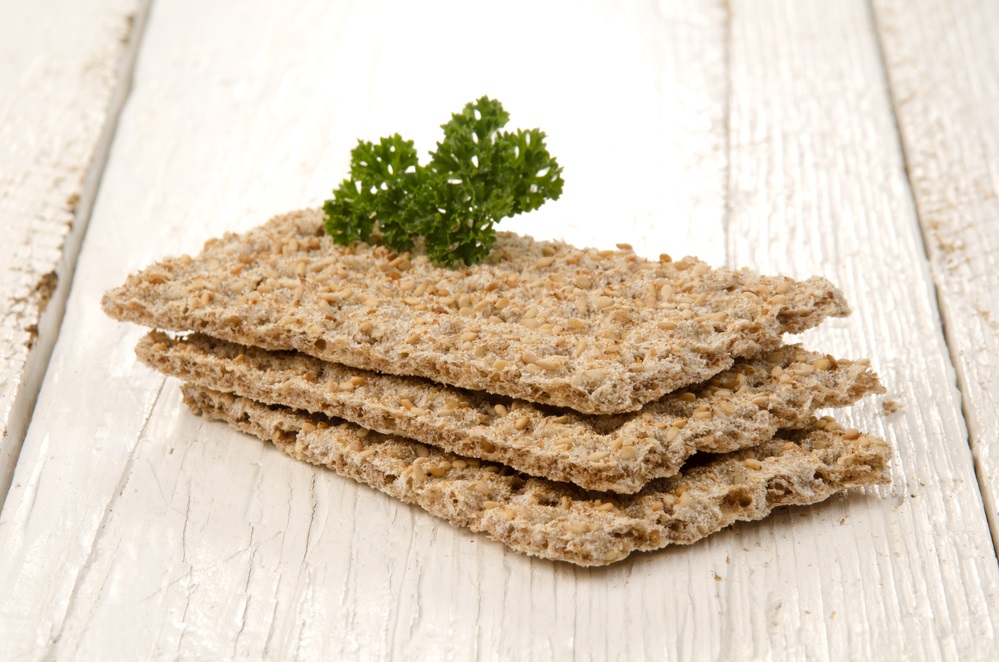- Home
- Blog
- Healthy Eating for Wellness
- What's a serve of bread?
What's a serve of bread?
Written by Catherine Saxelby
on Wednesday, 05 October 2022.
Tagged: bread, health, healthy cooking, healthy eating, healthy lifestyle, nutrition
By bread, I mean any starchy carbohydrate foods such as breakfast cereals; grains such as rice, pearl barley, quinoa or buckwheat; and pasta and noodles.
Here’s my easy guide to which and how many starchy foods you should eat each day. It’s divided into food types: bread and bread substitutes, grains such, and pasta. These foods are grouped together because they share similar nutrients – namely starchy carbohydrate, B vitamins and fibre – and are low in fat.
The serve size is often NOT the same as your portion size. Portion size is the amount you actually eat. We often eat MORE of these foods than we really should, hence the reason for this post. I hope this guide is an easy way for you to keep on track.
What’s a standard serve?
A standard serve supplies about 500–600 kilojoules (129–143 Calories).

- 1 slice (40 g) bread
- ½ medium (40 g) roll or flat bread
- ½ cup (75–120 g) cooked rice, pasta, noodles, barley, buckwheat, semolina, polenta, bulgur or quinoa
- ½ cup (120 g) cooked porridge
- 2/3 cup (30 g) wheat cereal flakes
- ¼ cup (30 g) muesli
- 2 (30 g) wholewheat breakfast biscuits such as Weet-Bix or Vita-Brits
- 3 (35 g) crispbreads
- 1 (60 g) crumpet
- 1 small (35 g) English muffin or scone
It’s better to eat wholegrain or high-fibre varieties over white or refined varieties. But you only need to eat HALF as much wholegrain. Read more here.
How much?
Consuming at least 4–6 serves of grain foods per day is recommended for women. Teen girls (aged 14–18 years) only need to eat a little more, at 7 serves a day, while pregnant women need 8½ serves and breastfeeding women need 9 serves.
If you’re taller or more active, add another 2 serves. These foods could also come from discretionary foods such as chocolate or wine.
So, a day could look like this:
- ½ cup muesli with fruit (2 serves) +

- 2 slices of bread for a sandwich lunch (2 serves) +

- 3 crispbreads topped with cheese and tomato (1 serve) +

-
½ cup cooked penne pasta (1 serve)

Can you eat too MUCH starchy carbs?
Yes, you can. Eating too many kilojoules (Calories) from any source can lead to weight gain because your body will store any extra energy as body fat. So while you don’t need to forgo carbs, you’ll want to practise portion control.
Eating lots of starchy carbs can also lead to blood glucose levels spiking after a meal, plus a worsening of the lipid profile (lower HDL-cholesterol and/or higher triglycerides) when compared to low-carbohydrate diets.
The Australian Dietary Guidelines set no recommended intake for total carbohydrate due to insufficient data. But regarding prevention of diseases such as heart disease or type 2 diabetes, a healthy percentage has been suggested as being 45–65% of your total energy intake.
Everyone should aim to consume healthy carbs: slow-digesting carbs such as bread with whole grains; pasta cooked al dente; chickpeas, lentils and other legumes; whole cool-climate fruits such as apples or grapefruit; and whole vegetables.
You should avoid fast-digesting carbs such as many refined breakfast cereals, white bread, puffed crispbread, white rice, and processed snacks such as biscuits and cakes.
The bottom line
We often eat MORE of these starchy grain foods than is recommended for good health. Aim for 6 serves a day if you’re a woman. Use this post to check out how much you’re really eating.
You may also be interested in...
Foodwatch
The Good Stuff
The Boring Stuff
© 2025 Foodwatch Australia. All rights reserved
Website by Joomstore eCommerce






